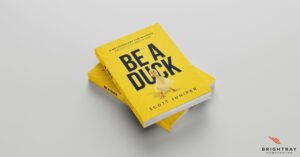The publishing process is lengthy and mutli-faceted, but by isolating the key steps, you can better prepare to become a published author. Traditional and independent publishing approaches the publishing process differently, and authors should be familiar with the responsibilities for each before deciding which to pursue.
For information, go to our blog about traditional vs independent publishing.
Traditional Publishing
You’ve completed the draft and you’re ready to take it to a publisher. Before you can do that, you need to attain agent representation. Most traditional publishers, with the exception of some indie or small presses, won’t consider a manuscript that isn’t represented by a reputable agent.
The query process is your first “sales pitch” of the manuscript. As such, the information you send should be polished and make a compelling argument as to why the agent should choose you and your book. Make sure you reach out to more than one agent, as it’s unlikely you’ll get an offer on your first query. Your query should include:
- An introductory note
- Maximum one page, single-spaced.
- What to include:
- Who you are.
- What you’re writing about.
- Why you’re the person to write it.
- A synopsis of your book.
- No more than 2 paragraphs (about 500 words).
- Sample section.
- Include 5-10 pages.
- Unless otherwise noted on the agent’s application.
- Include 5-10 pages.
Once an agent chooses to represent you, your combined focus is on getting a publisher to consider your book. With feedback from your agent, you need to compile a book proposal. This builds on the query, including some market research, book comparisons, an “about the author” section, and multiple chapter samples.
Once your book proposal is complete, you can approach publishing houses. It’s best to do some research here instead of blindly sending out your proposal. Look for publishing houses that align with your book’s topic or with your own background. For example, North Light Books, an imprint of Penguin Random House, publishes books exclusively on art instruction. With a list of relevant publishers in hand, your agent can reach out for consideration. This process can take weeks, months, or years, and it goes until an editor agrees to read a sample of your work or you decide to independently publish.
If an editor agrees to read your work, that does not mean the publishing house is taking on your book. Until you have a contract in hand, these discussions are simply an open dialogue between the author/agent and the publishing house representative. An editor will provide revisions and then your agent is on the move to work out a contract. At this stage, the publishing house buys the book rights and pays for future royalties. Once both parties are in agreement, the large revisions (as needed) will begin.
Unless stipulated in the contract, the author has no creative control for the cover design or the title of their book. A publishing house may consider author feedback, but they will ultimately be making the decision. They also determine the “right” date for release, which can be influenced by a number of factors such as selling patterns, other book release dates, and employee schedules. With the release date set, your energies are best focused on building publicity around the publication date.
Marketing was originally a task for publishing houses. As our activities have moved increasingly online, more and more authors are becoming responsible for their own marketing and publicity. A publishing house may connect you with influential reviewers or magazines, but the majority of the work will fall on the author to use their online presence to build anticipation for the book.
The traditional publishing process is the publishing option with the most steps, however, there is the added benefit of having an experienced publishing house to guide you and no upfront costs.
“Traditional Publishing is less of a partnership between the writer and publisher and more of a business contract.”
Indie or Small Press Publishing
As a small publishing house, the indie publishing process is similar to that of traditional publishing. After you’ve completed your manuscript draft, you have the option of acquiring a literary agent. Most indie small publishing houses don’t require the formality of an agent and a full book proposal. Instead, they’ll ask for a book sample, a brief synopsis, and a paragraph about you, the author.
You’ll notice that these components are the same as what is needed for the agent query process. Indie presses are still competitive to attain a contract with, but their reputation is more limited than the Big Five (Penguin Random House [now owns Simon & Schuster), Hachette Livre, HarperCollins, Macmillan Publishers, and Houghton, Mifflin Harcourt) and their many imprints.
Once an editor reads your sample and offers feedback, you may be invited to sign a contract. Most small presses don’t afford royalties or take creative control; you get a cut of the earnings instead. As you polish your manuscript into a book, the publishing house will work with you and their designer for the cover and title. The release date is an agreement between author and publisher.
Marketing is again the primary task of the author. The small press may offer support and some connections, but the responsibility is on the author to engage potential readers and build anticipation.
Indie or small press publishing has fewer hoops to jump through than large publishing houses, though it still has the “gatekeeper” effect that limits new authors from being published.
Independent Publishing
Independent publishing keeps you, the author, in control of the entire process. Once you have your completed draft, you should hire an editor, beta readers, and a cover designer. The editor will ensure your manuscript is as polished as possible and ready for readers. The beta readers are your test group of readers to get any major feedback from before you proceed to publication. Hiring a cover designer is important because when you independently publish, there is no publisher’s reputation that will boost the credibility of your book. So your book can either look like an at-home, DIY job, or you can make your independently-published book look just as professional and worthwhile as books published traditionally.
After you’ve completed your book development and cover design, you can choose your publishing platform (KDP, IngramSpark, etc.)—do your research to find the best option for you. Next, you should register an ISBN. While not necessary, an ISBN is a good addition to your book since the number makes your book easier to find and lends more credibility. As you head to the final steps, be sure to set your price and the release date. You can reference other books to set a reasonable price: too low and it implies less quality, too high and people won’t buy it.
With your date set, you should build publicity for your book and get the information out online. Unlike traditional publishing, you can’t rely on the reputation of a publishing house, so you need to commit to the marketing if you want your book to sell. And then it’s a matter of hitting the “publish” button.
Independent publishing offers authors the most freedom and ownership of their books. This is a double-edged sword; the process can be as short or long as you want, but cutting corners will undoubtedly produce a lower-quality book.
Conclusion
There are some foundational steps of the publishing process that you’ll encounter regardless of going the traditional or independent publishing route. At the end of the day, you want to release a book that boosts your brand and provides quality information. With each step of the process, take the time to review and refine your book. Whether you independently publish or choose a publishing house, there are experts available to alleviate the stress of the publishing process and help you reach your goal, that of a published book.
BrightRay Publishing offers all-inclusive publishing services to guide authors through the complexities of book writing, editing, and promotion. Our commitment to quality and expertise can help you navigate the research and fact-checking process effectively, ensuring your book shines as a beacon of accuracy and reliability. Schedule a call with us today to embark on your journey towards publication success!




